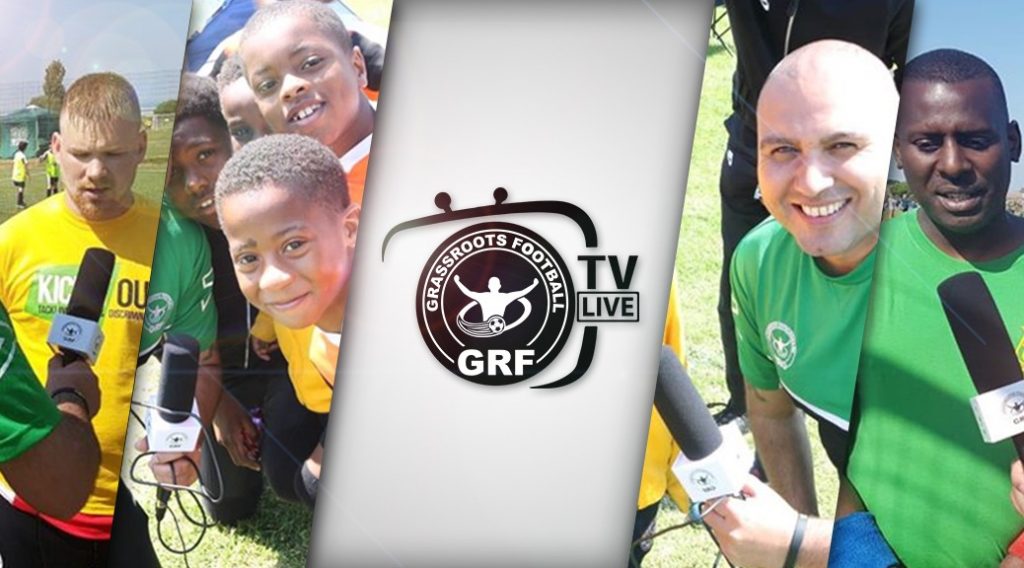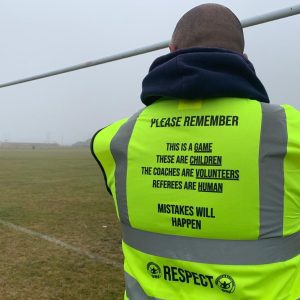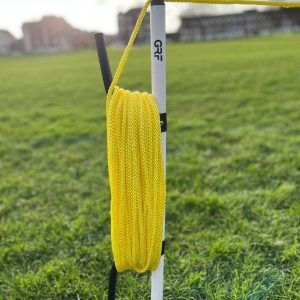One of the most dreaded conversations between players, coaches, and parents involves playing time. Nobody likes it.
In my workshops on conflict resolution for coaches and directors of coaching, I ask them to identify the most common types of difficult conversations and conflict they encounter. The number one answer is the conversation about playing time.
Player and Parent Preparation
A playing time conversation should be between a player and a coach. A parent’s role should be helping a player frame his/her concerns and preparing for the conversation. If additional conversations are needed, parents may be a part of them in a support role. However, parents should not be the primary spokespeople when it comes to talking to a coach about playing time.
I think that the playing time issue needs to be triggered by the player, regardless of age. If the player is concerned, unhappy, etc…… If it is being triggered by the parent, someone is making an inference on behalf of the child. It is important to validate things with the child first before talking to the coach.
I think at younger ages, if there is a conversation, then the child needs to be there since it is about the child, right? The questions in my blog still apply. My concern is that parents may be inclined to dominate the conversation.
I think it is important to be in touch with what is going on with your child and watch for signs of concern. Wishing they could play more in a game or with their friends…..feeling left out…..worried they aren’t getting better….other signs? Then the next piece is getting curious and asking questions.
- What are games like for you? What do you like about them? What do you wish would happen?
- What are practices like for you?
- What is it like being on the team? What do you like about it? What do you wish would happen this season?
Once again, open questions that allow reflection from your child are key here, try not to ask questions that allow them just to reply ‘yes’ or’ no.’
I remember two conversations over a decade ago between my son and his coach about playing time. It was extremely difficult to quell my protective parent persona and tap into the trained mediator part of my brain. In retrospect, I wish one of us had asked my son WHY he wanted more playing time. That simple question could have made those conversations better and more constructive.
The first key question for a constructive conversation is “Why do you want more playing time?”
Why? Because a playing time conversation should be all about the INDIVIDUAL PLAYER. It is not about other players, their playing ability, or their playing time.
Asking a “why” question helps people move beyond their entrenched positions, such as “I want more playing time”, and into an awareness of their underlying interests and assumptions. When we ask a player why more playing time is important, we can help the player validate his/her assumptions and how realistic they are with respect to the player’s individual goals.
Consider some of the possible reasons why a player might want more playing time:
- I want more playing time because it will make me a better player in my favorite position (e.g. forward, defender, goalkeeper).
- I want more playing time because it will enable me to get the attention of the college coach for whom I wish to play.
- I want more playing time because I want to be seen as an important part of my team.
Before the playing time conversation, it is important for a player to identify the reasons why s/he wants more playing time. This enables the player to approach the conversation with his/her coach constructively and with clear purpose and goals.
Empowerment Not Entitlement
The first part of the playing time conversation should focus on the reasons that a player wants more playing time. If a player does not initially share those reasons, a coach can ask the question. “Why” questions can come in various forms, from the blunt “Why do you want more playing time?” to the curious “Help me understand why playing time is important to you.”
When a coach takes the time to understand a player’s concerns, s/he uncovers the opportunity to suggest more than one way to meet a player’s interests. Yes, it can include playing time. It also may include additional options, such as position-specific training or other valuable contributions the player can make to the team. It may also include dispelling inaccurate player (and parent) beliefs about what playing time can and cannot accomplish with regards to an individual player’s goals.
Beginning with a discussion of why a player wants more playing time empowers a coach to tap into his/her skills, expertise, and knowledge of the variety of ways that can address the player’s goals.
The next part of the conversation concerns the player and his/her commitment to the game and to the team.
The second key question for a constructive conversation is one that players should ask their coaches: “What do I need to do to earn more playing time?”
An important part of a coach’s job is to identify who will play what positions at what time during a game. A team roster includes more players than are needed in the game at any one time so that there are substitutes available. So, by design, not everybody on the team can play all the minutes in a game.
On recreational teams, there may be a requirement that every player play a certain minimum amount of time. However, even these requirements may be based on a player following team rules about attending training sessions and arriving for games on time. On more competitive teams, playing time may be awarded on the basis of both following team rules and on competition for various positions among the players on the team. Players are rarely entitled to a guaranteed amount of playing time.
Players are empowered to take the initiative to work diligently and improve themselves. The power behind a player asking a coach how a s/he can earn more playing time does three things:
- It communicates a player’s willingness to put in the work to earn something s/he wants.
- It avoids attacking the coach’s decisions about playing time and putting the coach in a defensive, and less constructive, mindset for the conversation.
- It opens the opportunity for the coach to help the player identify specific actions the player can take to meet his/her goals.

Location. Location. Location.
The time and location of the conversation can have a significant impact on how well it goes.
Avoid locations that are within earshot of other people, including other players and parents. The playing time conversation should be between an individual player and his/her coach. It is not the business or concern of other players or parents.
Also consider the timing of the conversation. I recall making the mistake of agreeing to talk with my son and his coach in the parking lot near a soccer field right before a training session. We all felt the tension of needing to finish the conversation before practice started. In addition, it had the potential of increasing the pressure on both as they took the field with the other players after our conversation. The timing did not allow either of them to think about the conversation, consider what they had learned, or to prepare to make any changes to which they may have agreed.
Meeting after a game or training session near the field offers its own challenges. Imagine trying to have the playing time conversation while other players are waiting for you to finish so the carpool can go home.
Choose a location and a time that is convenient for the player, the coach, and the parent (if a parent is going to be a part of the conversation). Do not let the time or location increase the stress of the conversation.
Tips for a Constructive Conversation
- Ensure that the player takes the lead in the playing time conversation with the coach. The conversation should be between the player and the coach first, without parents.
- When you feel stuck, defensive, or frustrated, ask a question. Questions like “Help me understand why” and “What do I need to do to achieve my goal?” open opportunities to share information and identify activities that can improve the situation.
- Arrange to have the conversation at a convenient time and location. Pick a time when the player and the coach are not pressured to get to a training session or other commitment. Pick a place that is not within earshot of other players or adults.
Ruth Nicholson is the founder of GO!, a on demand resource and training platform offering youth sports organisations proven governance, leadership, and administrative tools. Since its launch in mid-2017, Ruth and the GO! staff have fielded and engaged 27 sports on 4 continents. An internationally-certified professional facilitator, mediator, and organisational alchemist, Ruth was a national finalist for the 2018 Hudl Innovator of the Year award. She is an avid writer and workshop presenter for youth sports blogs and coaching education events, including national sports leadership events and conferences. Check out Ruth’s latest major collaborative project with WWPIS, an online Think Tank to Improve Youth Sports at ThinkTank2019.com or follow Ruth’s other work at www.NicholsonFacilitation.com.










0 Comments